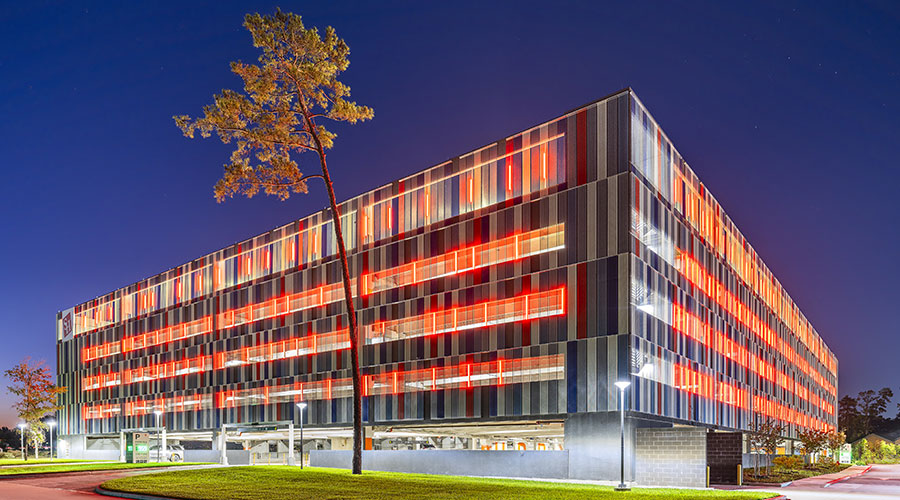Bonus Web Coverage: Lighting Resources
A number of resources are available to assist facilities managers interested in improving the corporation's bottom line with good lighting management and maintenance:
-
The National Lighting Bureau (NLB) was founded in 1976 to educate decision-makers about the value of High-Benefit Lighting and ways to achieve those benefits at minimal cost. NLB is sponsored by professional societies, trade associations, manufacturers, utilities, and agencies of the federal government. NLB offers considerable information, including a number of publications that can be downloaded at its site.
-
interNational Association of Lighting Management Companies (NALMCO) is an organization of lighting management and related companies. NALMCO sponsors seminars, training activities and offers certification programs.
-
Illuminating Engineering Society of North America (IESNA) is composed of independent illuminating engineers, as well as those affiliated with utilities, manufacturers, and other organizations.
-
National Association of Electrical Distributors (NAED) is for those who stock and sell lighting system components. NAED sponsors lighting seminars.
-
U.S. Department of Energy (DOE) sponsors research studies on lighting energy conservation and offers numerous instructional materials, computer software and training materials.
-
Environmental Protection Agency (EPA) offers its Green Lights program, which encourages the installation of energy-efficient lighting technologies.
-
Manufacturers can provide catalogs and other materials presenting information on their specific product lines.
High-Benefit Lighting inevitably improves the bottom line and uses energy wisely, because it addresses the primary issues first. For instance, Central Michigan University was concerned with campus crime. Existing mercury vapor lamps used for the walkways needed to be replaced by more efficient high-pressure sodium lamps. The facility manager needed to choose between 150-watt lamps (which would reduce energy consumption compared to the mercury vapor lamps) or 250-watt lamps that would use the same amount of energy but enhance the lighting conditions.
The 250-watt lamps were chosen and the university saved $10,000 per year because it was able to reduce security
Related Topics:











